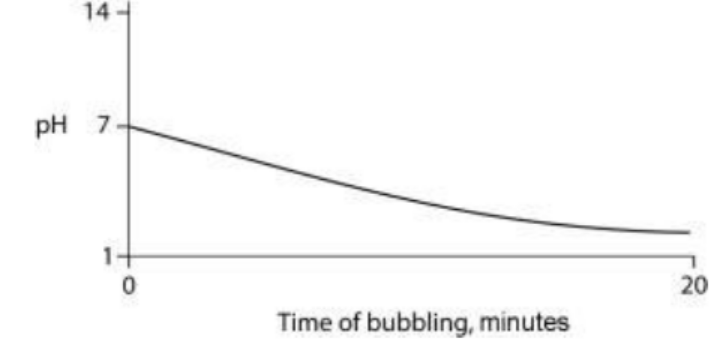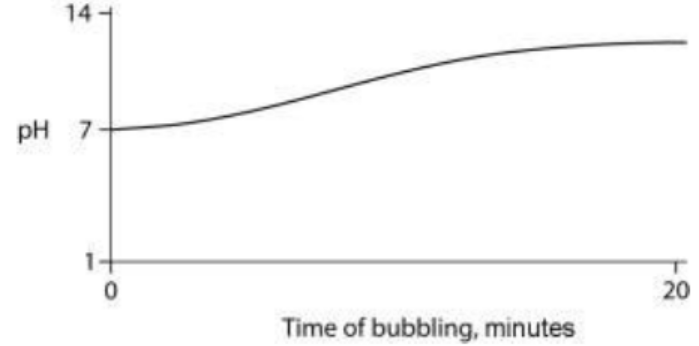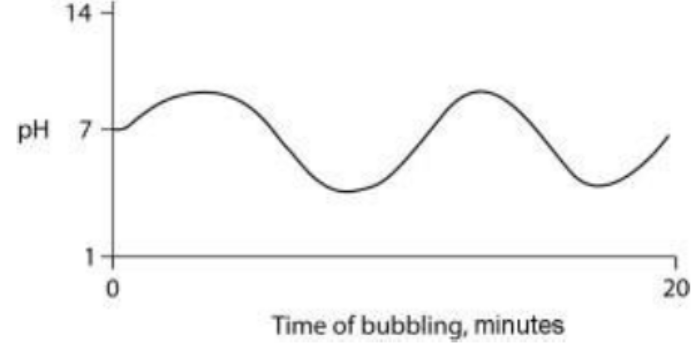#Question id: 2084
#Unit 2. Cellular Organization
Which two organelles are responsible for producing phospholipids and sphingolipids?
#Question id: 2085
#Unit 2. Cellular Organization
Cholesterol mixes with phospholipids in a biomembrane because cholesterol molecules are
#Question id: 2086
#Unit 2. Cellular Organization
Which of the following is (are) not present in biomembranes?
#Question id: 2087
#Unit 2. Cellular Organization
Phospholipids with short or unsaturated fatty acyl chains
#Question id: 2088
#Unit 2. Cellular Organization
Lipid droplets arise from the
#Question id: 2089
#Unit 2. Cellular Organization
What type of single-pass membrane protein would contain a hydrophobic membrane spanning alpha-helix?




